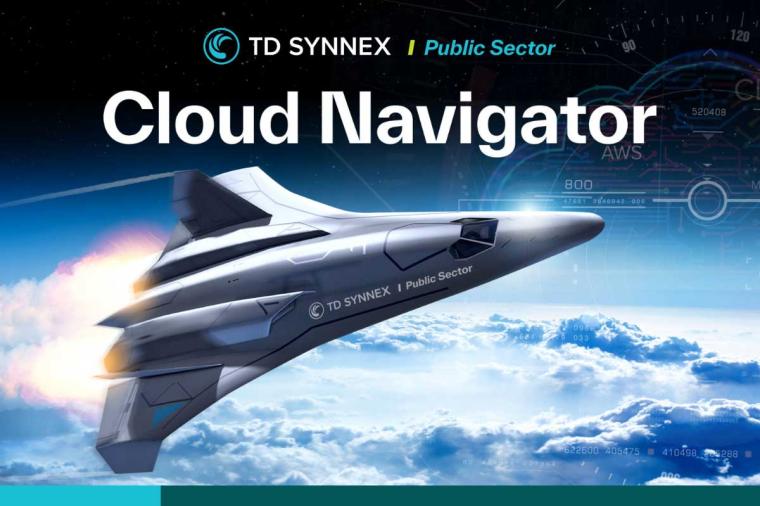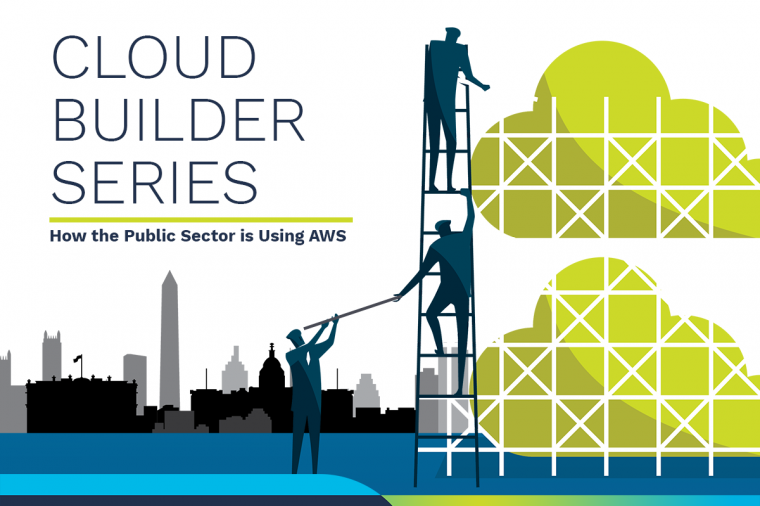Oracle Open World Recap Part IV.5.1
Exalogic
Larry Ellison continued his key note from Sunday by reintroducing Exalogic a “high performance server with hardware and middleware specifically designed for running public or private cloud systems. “ We spent a lot of time optimizing Oracle software to run on the Exalogic box,” Larry said. He referred to Exalogic as “one big honkin’ cloud,” and called the system “the fastest computer for running Java applications software” and said “it could be used for application consolidation or for running both public and private cloud systems.” The internal components of the system include:
The Oracle Exalogic Elastic Cloud server combines 64-bit x86 hardware, a total of 30 compute servers with 360 cores, with Oracle middleware such as the Weblogic server, Oracle Coherence data grid software, JRockit Java runtime software and Oracle VM virtualization software. The system uses infiniBand technology (capable of handling 40 gigabits per second) to link its internal components, has 2.8 TB of DRAM, 4TB of read cache and 960 GB of solid-state disk storage. Oracle will offer Linux and the Solaris operating systems with Exalogic
.
What I found interesting is that despite proclaiming Exalogic as the solution for cloud computing, Larry took exception to the term-“Cloud!” Larry believes that the term ‘cloud computing’ is a widely abused phrase that’s ill-defined and applied to a broad range of information technology. Larry said that “people use the term ‘cloud computing’ to mean many different things and I find it confusing—I think a lot of people find it confusing. Is it rebranding, rebirth or true innovation? The term is sometimes applied to specific applications and other times to platforms.”
Larry then went on to define what Oracle means by cloud computing: “it’s a platform that means hardware and software, that’s right, a box in software. It’s a computer. It really is a computer. A cloud by the way folks is a lot of computers on the network. It’s a lot of boxes and a lot of software. Now we think the software has to have certain characteristics. We think it has to be virtualized. It has to be elastic. Our view and Amazon’s view [of the cloud] are pretty much the same. So we kind of took what Amazon had, added an Oracle flavor to it, and put the hardware and the software so our customers can build private [or public] clouds out of this box…..And what we’re doing is we think the box should be efficient. It should be fast. It should be reliable. And if you engineer the hardware and the software to work together in the box, you’re going to get a much better experience.” As a result, by integrating the hardware & software to work together Oracle saves customers time and money.
The presentation continued to build on this theme of flexibility. Exalogic offers customers the option of building private or public clouds. Exalogic consists of 30 compute servers, 360 cores, all interconnected via InfiniBand with an integrated software appliance that stores the software and application files. “The interesting thing about this is [that] when you patch, you patch the microcode, the virtual machine, the OS, your applications, you download one file to that storage appliance and you patch everything together. As result, Exalogic is easy to install, it’s easier to patch, it’s safer to patch and it’s much more reliable.” Again it’s an example of Oracle engineering software and hardware to work together. They do the integration and deliver customers a complete box saving customers money and delivering customers much better performance than they could get otherwise.
For example, Exalogic takes advantage of Weblogic server for memory coherence. There are 30 separate servers on the machine and the coherence software creates the impression that 1 large cache of memory exists across all 30 servers. In addition, to maintaining memory across the servers, Weblogic also supports JRockit and HotSpot JVMs, Oracle VM, Linux and Solaris.
The Exalogic server is faster than using conventional machines and has on demand elastic capacity which makes it a perfect platform for cloud computing. Elastic capacity means that capacity expands with demand, so as resources are consumed, “you simply add more virtual machines to handle that additional capacity.” Exalogic does this by design; whenever applications/reports etc., demand additional resources more virtual machines are added automatically.
In regards to speed Exalogic is the cloud computing platform of choice for Extreme Performance.
- 12 xs improvement in Internet Applications running Java
- Over 1 million HTTP requests/per sec
- Over 1.8 million messages/sec
- All Exalogic Machines are built and configured the same
- All Exalogic Patches and Upgrades are Tested Together
- All Exalogic Machines “Phone Home”
- All Exalogic Machines have unified monitoring & management
- All customers run the exact same configuration
- All software components can be patched together
- All patches are built, packaged, and tested together
- Enterprise manager automates patch and upgrade procedures
|
Exalogic |
IBM |
| 40% more CPU cores | Old SMP Vertical scale-up system |
| Horizontal scale-out architecture | No Fault Tolerance |
| InfiniBand Network Fabric | |
| Fully Fault Tolerant |
















































